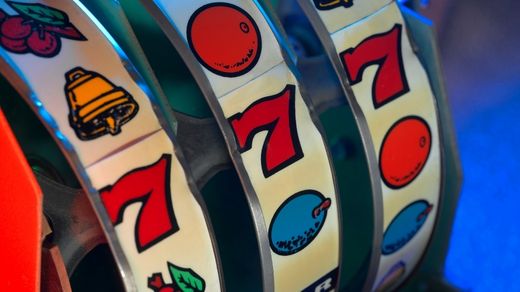Poker, often hailed as a game of skill and strategy, involves more than just the cards dealt. Beyond the mathematics and probabilities, understanding human psychology and body language plays a crucial role in gaining an edge at the table. In the realm of poker, players strive to maintain a stoic demeanor, often referred to as a “poker face,” to conceal their emotions and intentions. However, subtle cues, known as tells, can betray even the most composed players. Deciphering these tells and reading body language can provide valuable insights into opponents’ hands and strategies, ultimately influencing the outcome of the game.
The Importance of Tells in Poker
Tells are unconscious behaviors or gestures exhibited by players that can inadvertently reveal information about the strength of their hand or their next move. While some tells are universal, others are specific to individual players and require keen observation to detect. Understanding and interpreting tells effectively can give players a significant advantage by allowing them to make more informed decisions during gameplay.
Common Tells in Poker
- Hand Gestures: Players often display subtle hand movements that can indicate the strength or weakness of their hand. For example, trembling hands may suggest nervousness or excitement, possibly indicating a strong hand, while steady hands may imply confidence or bluffing.
- Eye Contact: Eye contact, or lack thereof, can be a revealing tell in poker. Avoiding eye contact may indicate a lack of confidence or a strong hand, as players attempt to conceal their emotions. Conversely, maintaining steady eye contact could signify bluffing or attempting to intimidate opponents.
- Facial Expressions: Facial expressions such as twitching, frowning, or smiling can betray a player’s emotions and intentions. A sudden change in expression, particularly after seeing their cards or the community cards, may indicate the strength or weakness of their hand.
- Verbal Cues: Paying attention to verbal cues, such as the tone of voice, speech patterns, or specific phrases used by opponents, can provide valuable insights into their mindset and hand strength. Aggressive or hesitant language may reveal the confidence or uncertainty of a player’s hand.
- Posture and Body Movements: Observing a player’s posture and body movements can also yield valuable information. Leaning forward may suggest engagement and confidence, while slouching or leaning back could indicate disinterest or a weak hand. Similarly, fidgeting or tapping fingers may signal nervousness or excitement.
Reading Body Language at the Poker Table
Mastering the art of reading body language at the poker table requires patience, observation, and intuition. While some tells may be obvious, others require a keen eye and careful scrutiny to detect. Additionally, it’s essential to consider context and individual differences when interpreting tells, as not all players exhibit the same behaviors under pressure.
The Role of Psychology in Poker
Beyond the mechanics of the game, understanding human psychology is fundamental to success in poker. Players must not only analyze the cards and probabilities but also anticipate their opponents’ actions based on their psychological tendencies and emotional state. By exploiting psychological vulnerabilities and leveraging behavioral cues, skilled players can manipulate their opponents and gain a strategic advantage.
Utilizing Tells in Online Poker
In the age of online poker, where players lack physical proximity and face-to-face interaction, deciphering tells becomes more challenging. However, even in virtual settings, players exhibit behavioral cues that can be indicative of their hand strength or intentions. Paying attention to betting patterns, response times, and chat behavior can provide valuable insights into opponents’ strategies in online poker games.
Conclusion
In the intricate game of poker, mastering the art of deciphering tells and reading body language can be the difference between success and failure. By honing observational skills, understanding human psychology, and interpreting subtle cues, players can gain a competitive edge at the table. Whether playing in-person or online, the ability to recognize and exploit opponents’ tells is a skill that separates novice players from seasoned professionals. Situs Slot Mahadewa88 offers a platform for players to test their skills and strategies in the exhilarating world of poker, where every gesture and expression tells a story.



